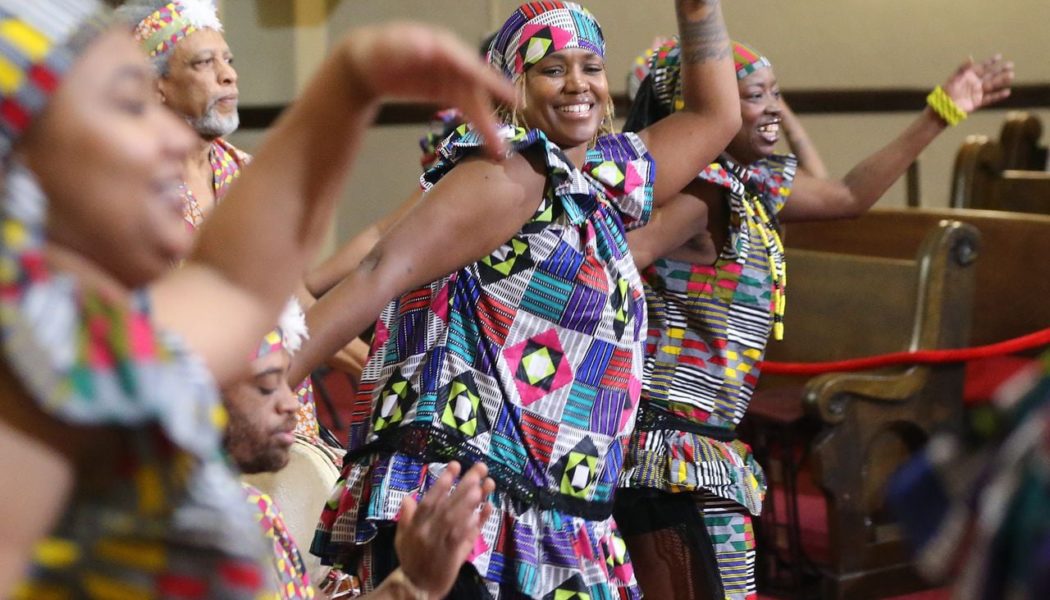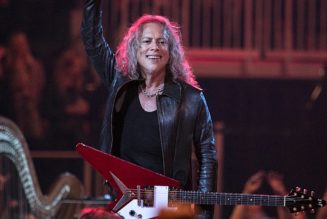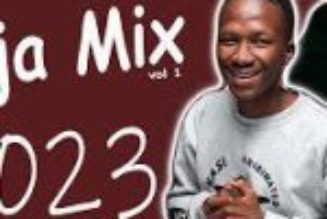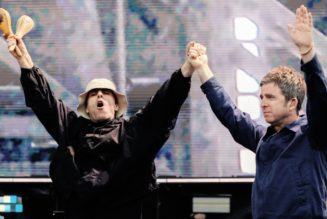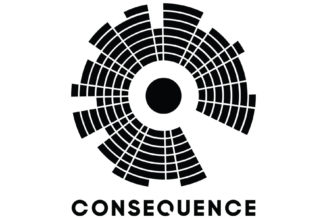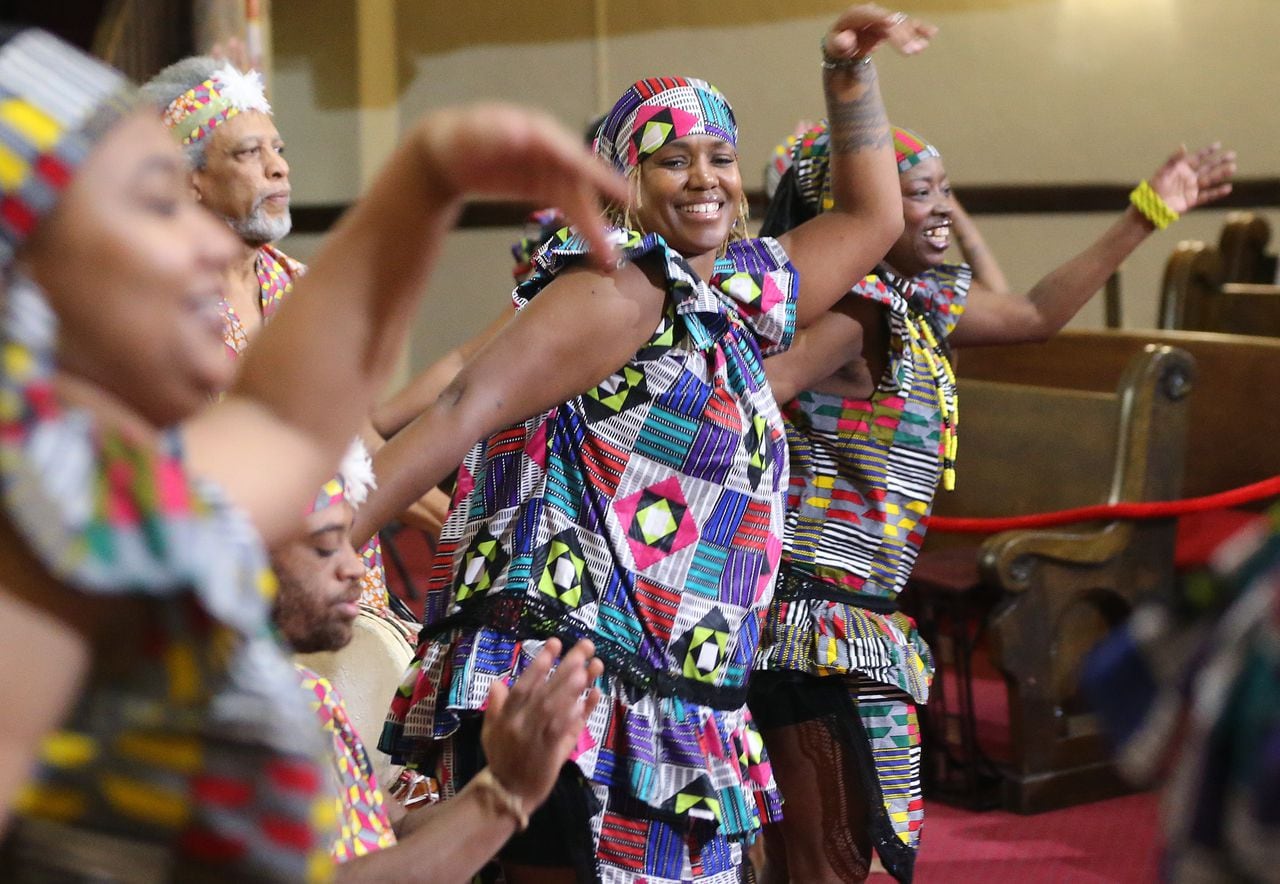
CLEVELAND, Ohio – East Mount Zion Baptist Church curated the stories of African Americans who traveled to the Cleveland area during the Great Migration in its own museum to make sure they weren’t lost to time.
Now, Cleveland is taking another step in preserving African American history.
Cleveland is the next stop in a key initiative that digitizes and curates African American history, a national program backed by the Smithsonian Institute and several other groups that want to close the generational digital gap in cities across the country.
The start of the journey began Saturday at East Mount Zion Baptist Church, where hundreds attended the “Community Curation Summit.” Community members and leaders attended the summit to collaborate on preserving their stories and to learn more about keeping their memories and family heirlooms alive.
The summit was hosted by the church with support from the Western Reserve Historical Society, the Smithsonian National Museum of African American History and Culture, the Smithsonian Institute, the Robert F. Smith Center for the Digitization and Curation of African American History, the RASHAD Center, Inc., and more. Panelists at the event focused on the goal of digitization and curation of African American history.
The Smithsonian Institute has already visited other diverse communities, including Chicago and Nashville, to help them digitize, save and preserve family heirlooms and history, Tracye Jackson, a spokeswoman for the church, said before the summit. Four representatives of the Smithsonian have been in Cleveland since early this week, visiting various institutions like the Cleveland Museum of Art, Severance Hall, Cleveland State University and Oberlin College – Places that have archives, historical data and places that are in the process of digitizing history.
“Cleveland has been tapped as being the next city that they would do this process in,” Jackson said. “Cleveland is blessed to be considered for this.”
Saturday’s event also included performances, various panel speakers and breakout sessions to encourage collaboration among attendees.
Jackson said Saturday’s event was the project’s inception. Cleveland residents are starting to figure out how they can preserve their memories and how the communities in Cleveland can collaborate with one another and the Smithsonian Institute.
“Now that we have the resources and the Smithsonian backing us, how are we going to empower one another, commit to this project and work together to bring it to pass and take these next five months to get boots on the ground and let our communities know what’s going on,” Jackson said.
So much of African American history is untold, said the Rev. Brian Cash of East Mount Zion Baptist Church in an interview before the summit with cleveland.com and The Plain Dealer. This initiative will allow the history and culture to be available for generations to come, through the digitization and curation process the Smithsonian is offering cities across the country.
“African American families have contributed to America in so many different ways, but because they don’t know how to tell their own story, these stories never get told,” he said. “So, what the Smithsonian in Washington, D.C., said is, ‘Hey, we have this huge museum in D.C. that talks about the broader scope of African American history but there’s so much history that it’s still left untold.”
Because of this void in the history, Robert Smith of the Robert F. Smith Center for the Digitization and Curation of African American History, gave money to the Smithsonian for curators to travel across the country “to go into these areas where you have very different people trying to bring history together or cultivate history or do storytelling but don’t have the funds or the skills to be able to bring a story alive and tell it in a strategic way to tell that story,” Cash said.
“Cleveland is one of those cities,” he said. “In Cleveland, we hear a lot about Martin King, Carl Stokes and Louis Stokes, Fannie Lewis and Stephanie Tubbs (Jones).”
These are people whose stories aren’t really known, he said.
“And these families of generations have these stories, but they weren’t curated in the right way,” Cash said.
It’s especially special that the summit took place at East Mount Zion Baptist Church because The Greenstone Project sparked the first conversations of African American history to be digitized, curated and brought back to the forefront. The Greenstone project or “Green Stone Church” comes from the color of the exterior facade of the East Mount Zion Baptist Church. It is one of Ohio’s only serpentine stone buildings.
The church’s own museum explores African Americans who traveled to the Cleveland area during the Great Migration, Cash said during a live stream of the summit event Saturday.
“Our museum highlights those stories because so many of African Americans’ stories were dying and their stories were going to the grave,” he said. “We said we wanted to curate those stories and we’re so thankful to be able to have a museum that highlights those stories.”
Kaylee Remington is the commerce and metro reporter for cleveland.com and The Plain Dealer. Read her work online.
